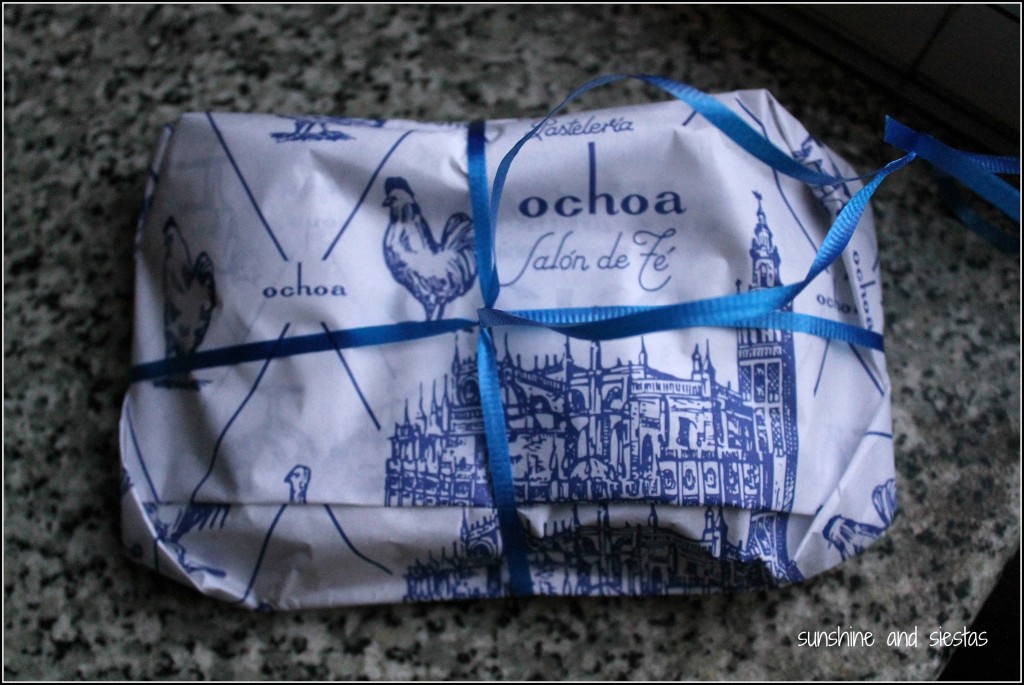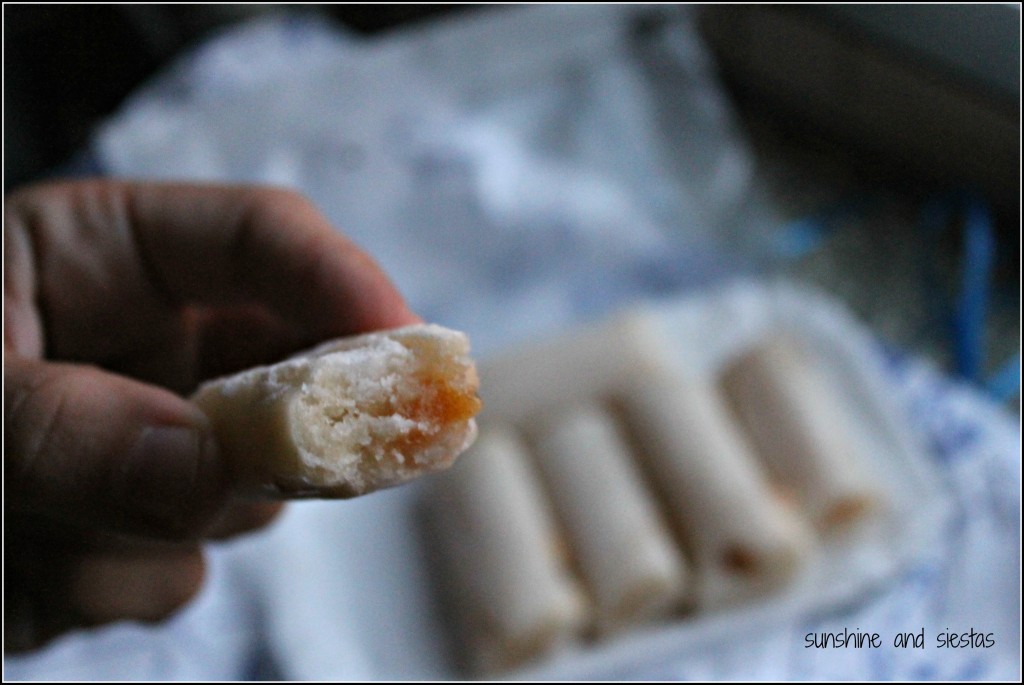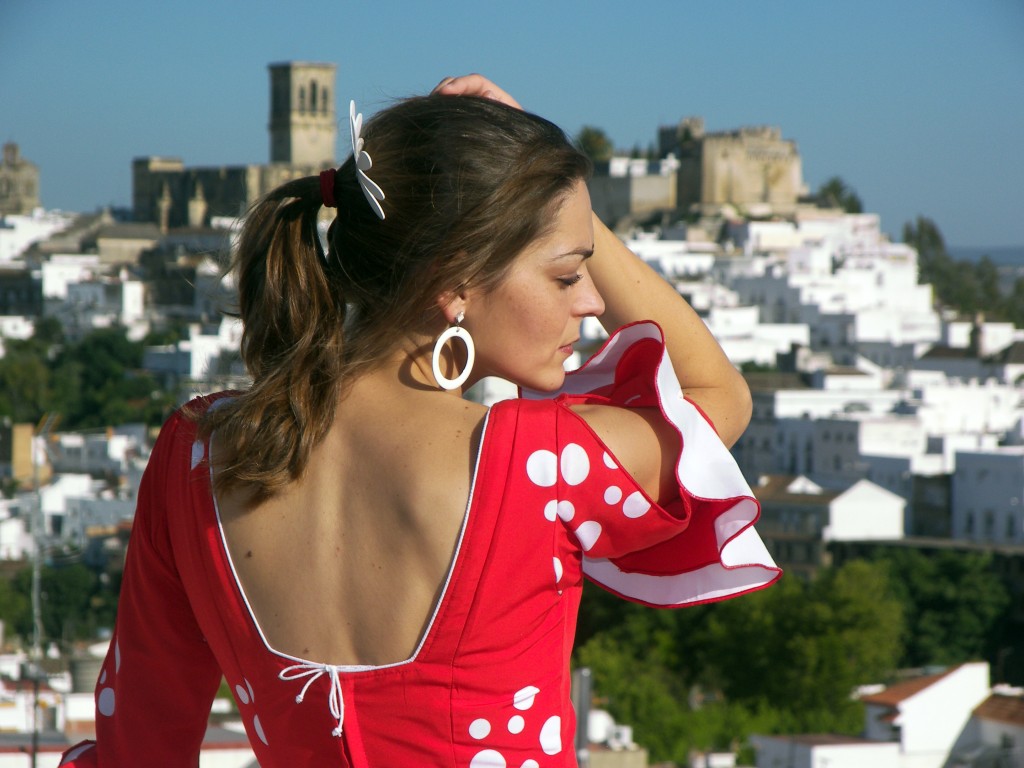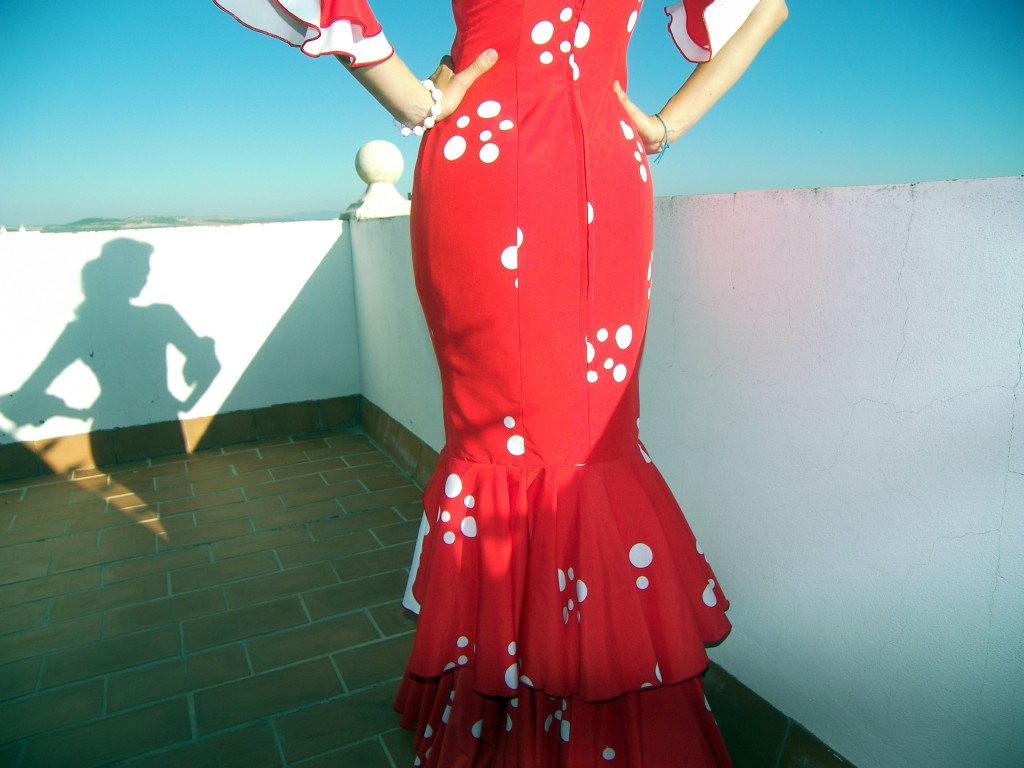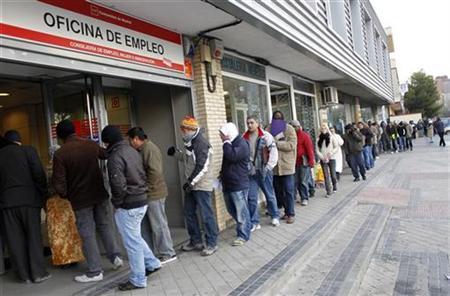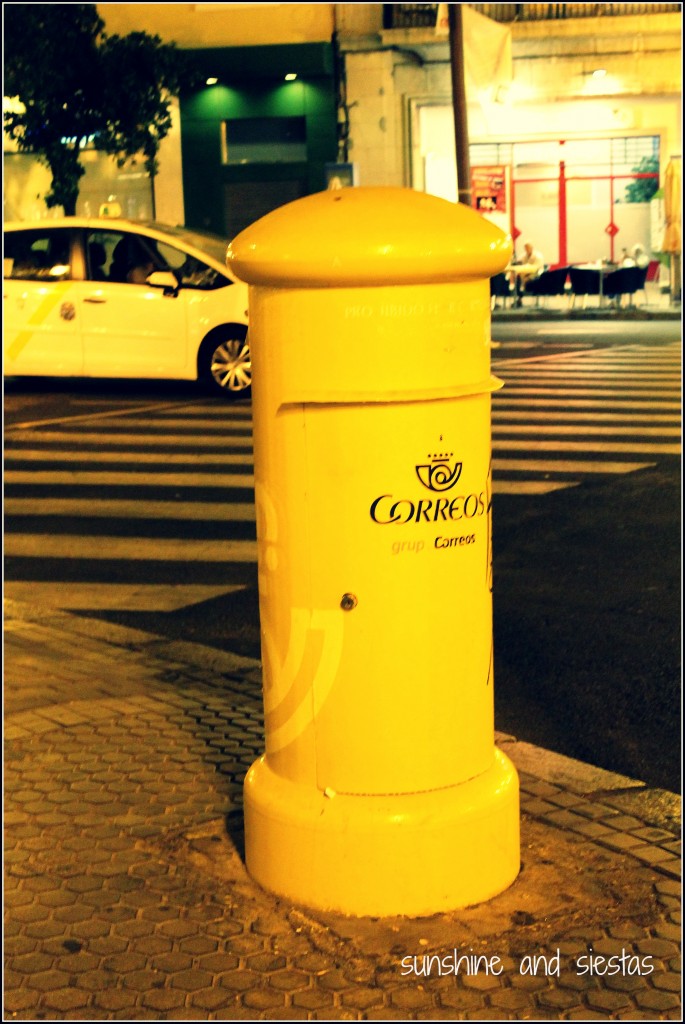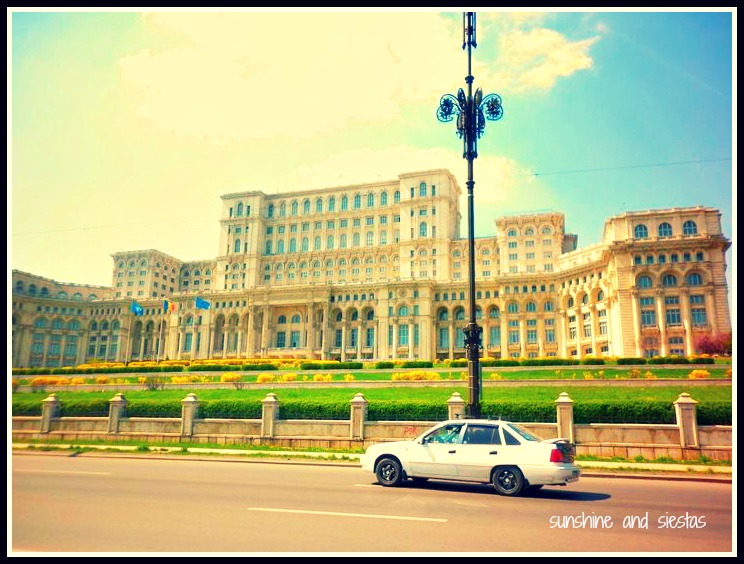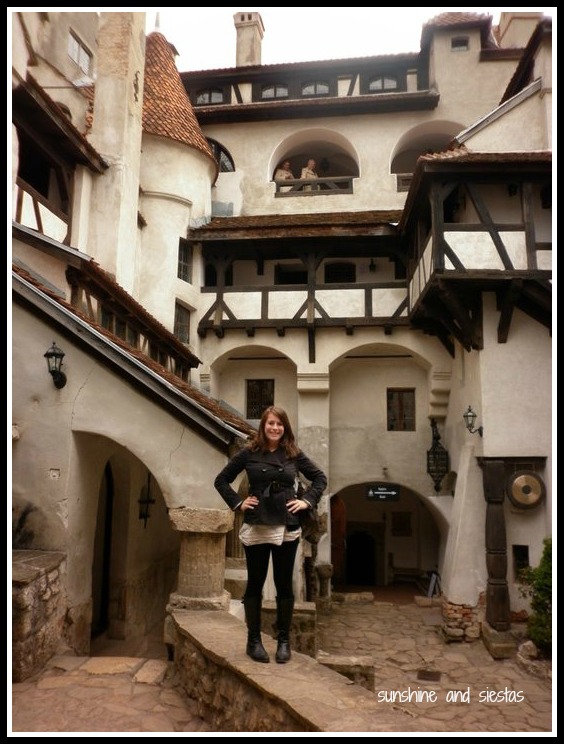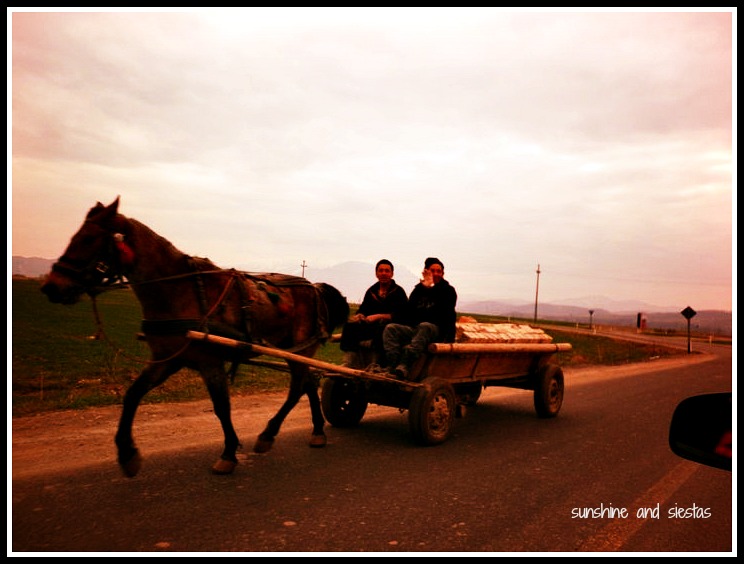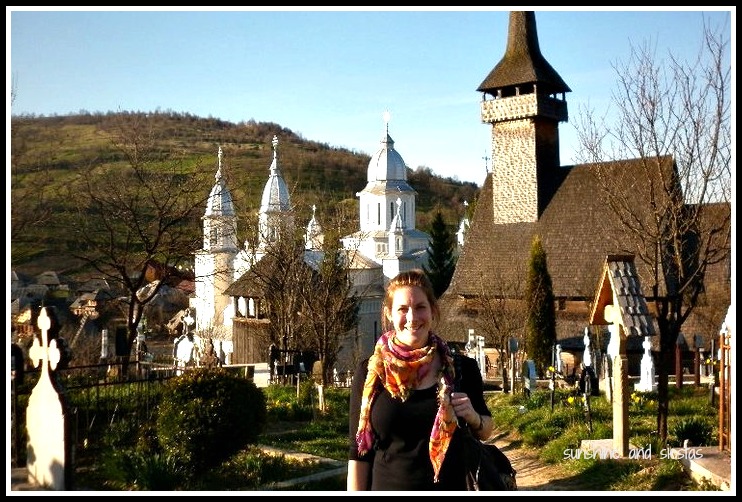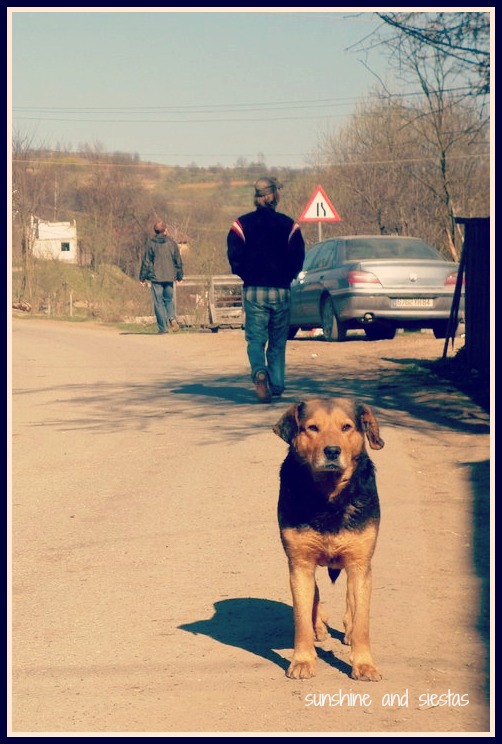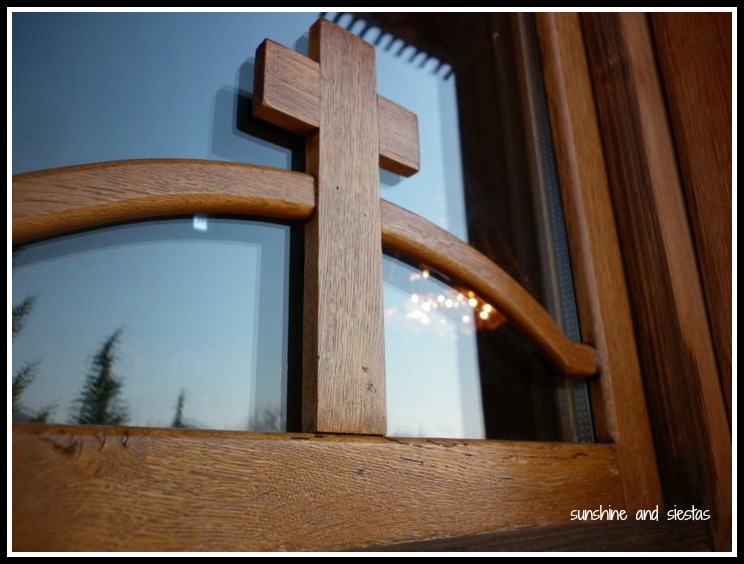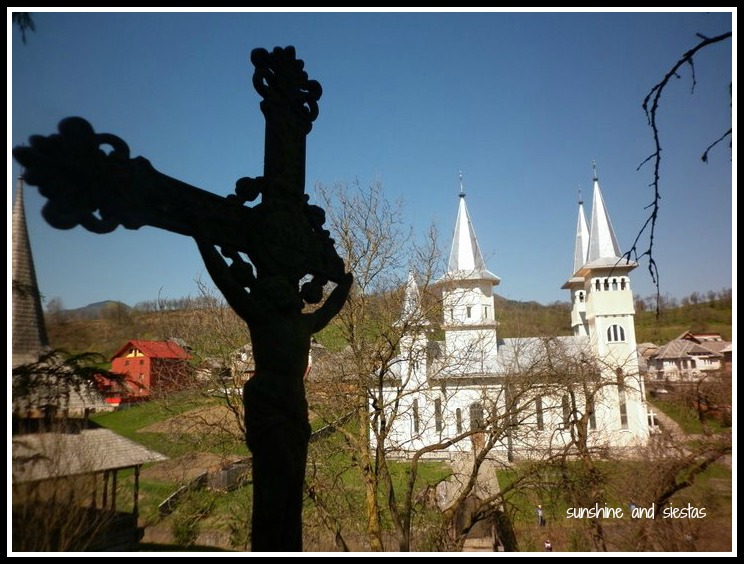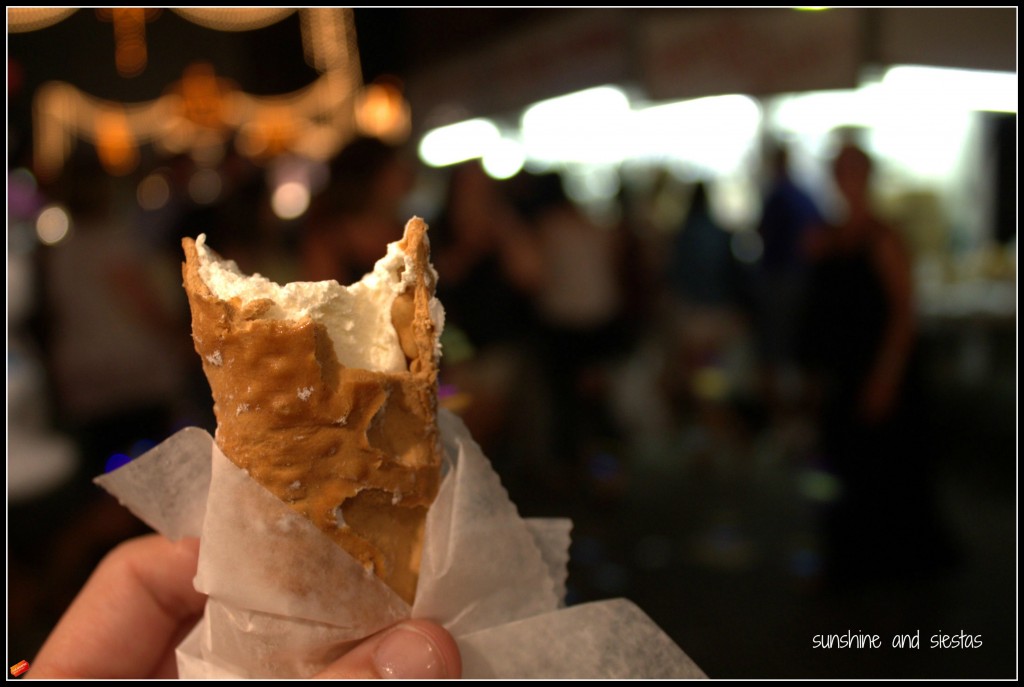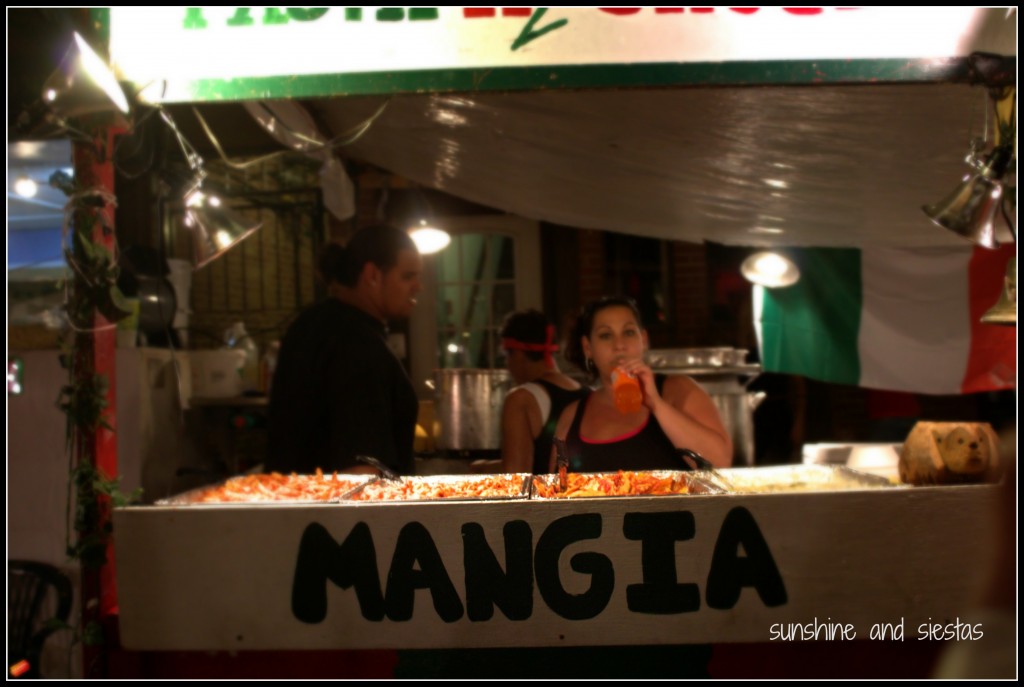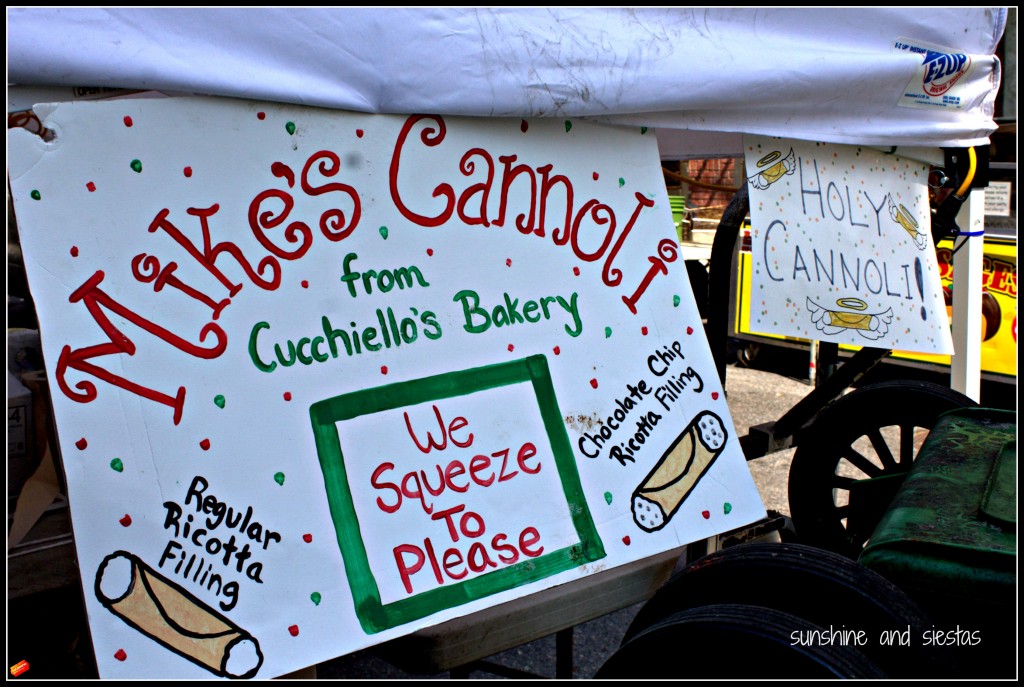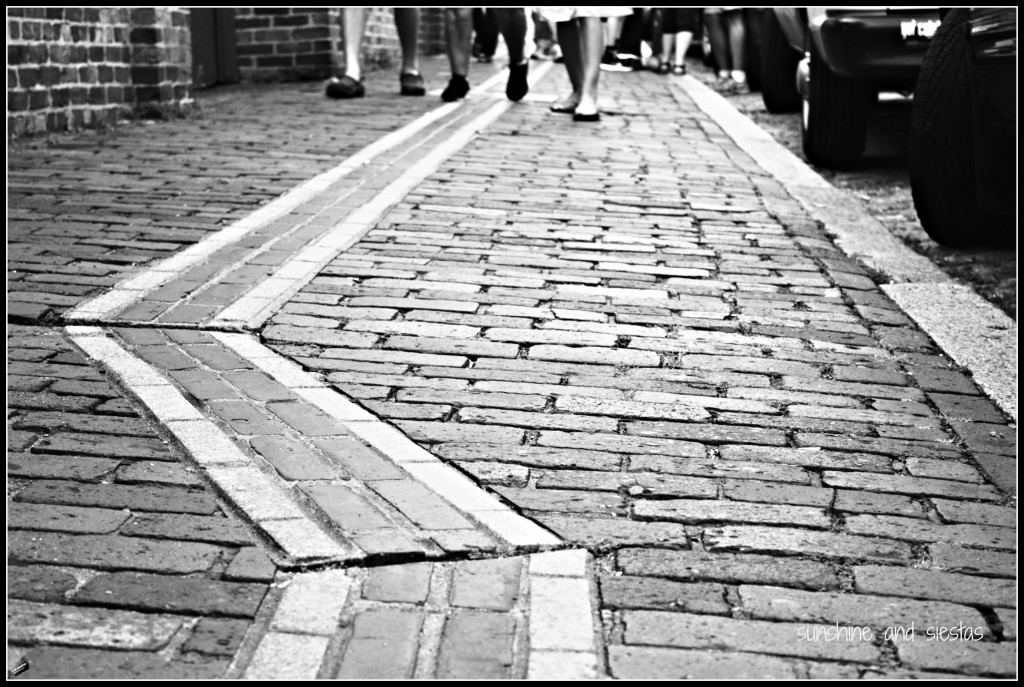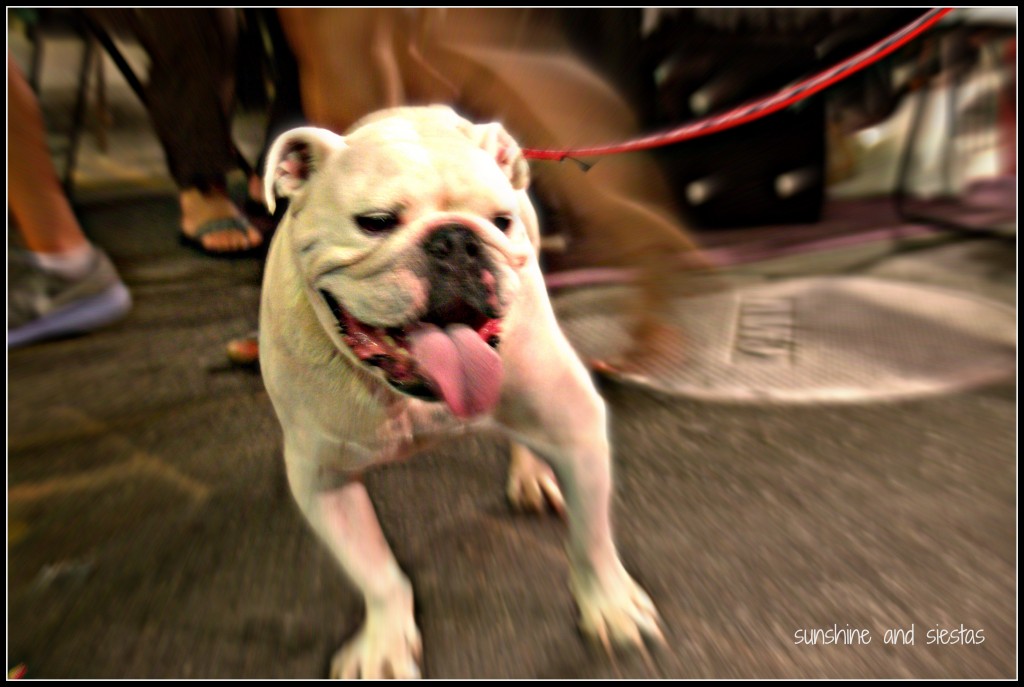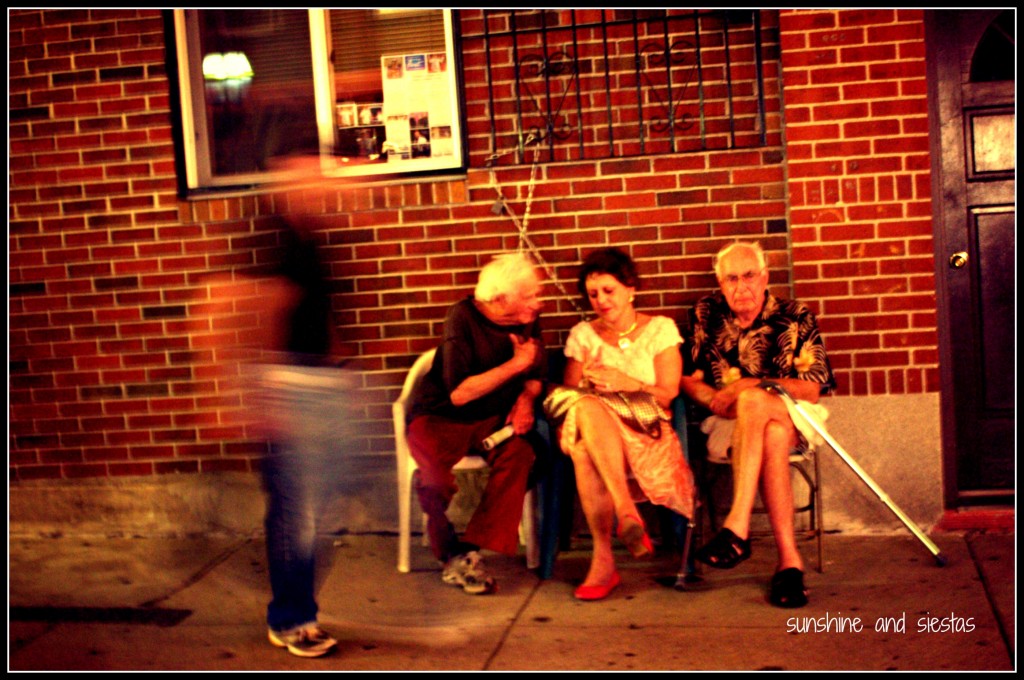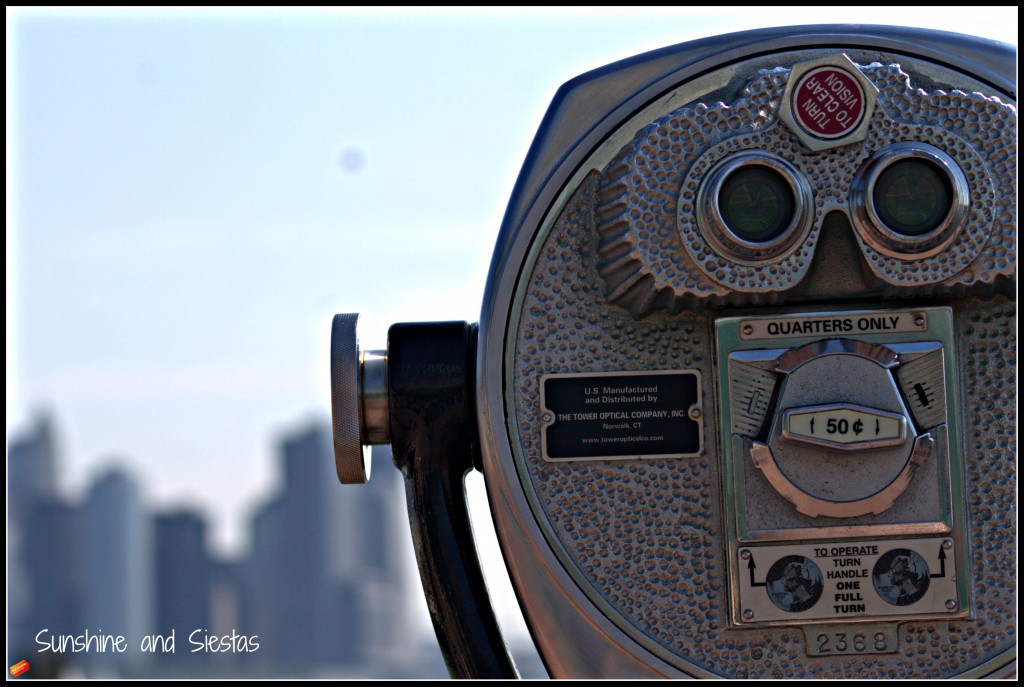As a self-confessed Halloweenie, I love things spooky, from cemeteries to haunted houses. Lucky for me, Spain celebrates a national holiday, Día de Todos los Santos, or All Saint’s Day, so I can celebrate my Anglo holiday with a day off.
Todos Los Santos is celebrated in the Catholic world on November 1st, where family members of the deceased visit their final resting places. Many cities around Spain have their own traditional fiesta. In a country that loves its reliquía, there could be no other dessert on All Saint’s Day served but huesos de santos. These marzipan pastries are rolled to look like bones and stuffed with egg yolk cream, called yema, or fig, yogurt or chocolate. It’s kind of like a Spanish type of cannoli, made in a similar way.
What it is: An almond pastry typically eaten during the All Saint’s Day feasts.
Where it’s from: The origins of this sweet are still unknown, but it’s believed they were first made in Madird. Still, their popularity is widespread, making it the de facto treat for the holiday.
Where to get it in Seville: Practically any pastry shop will have huesos de santos between the week leading up to Todos Los Santos and up to a fortnight afterwards. I bought a half-dozen at Cafetería Ochoa (locations on Sierpes, Repúblic Argentina and Eduardo Dato) for 36€/kilo.
Goes perfectly with: a hot coffee with milk. Sevillanos have their afternoon coffee often accompanied by something sweet.
If you like tapas, why not tell me which ones you’d like to see featured on Sunshine and Siestas? Alternately, there are more pictures on Sunshine and Siestas’s Facebook page.
